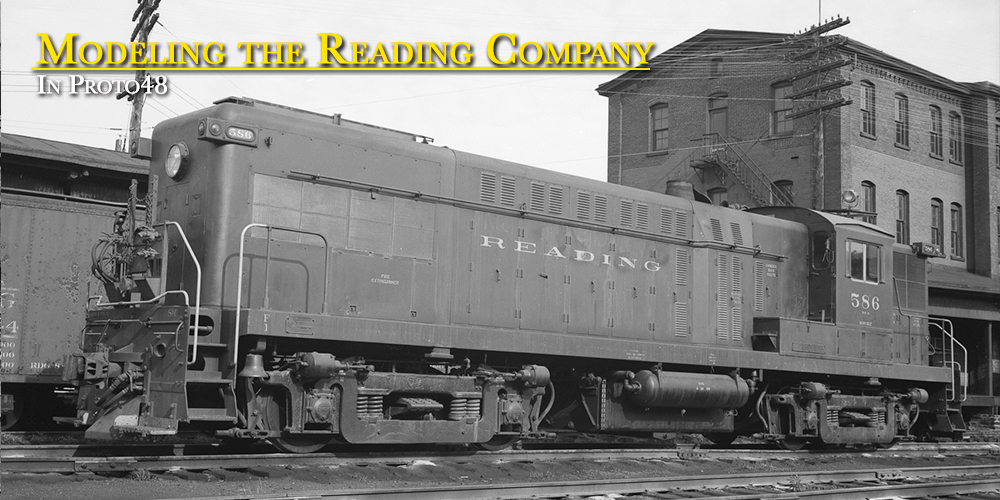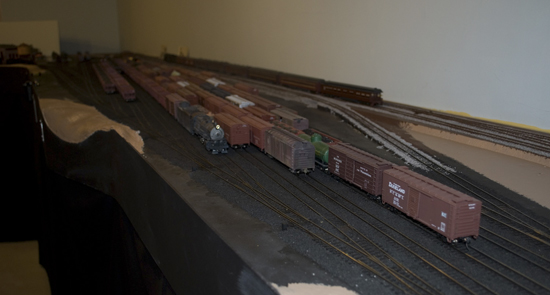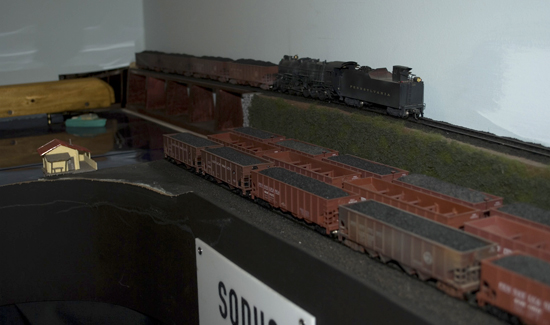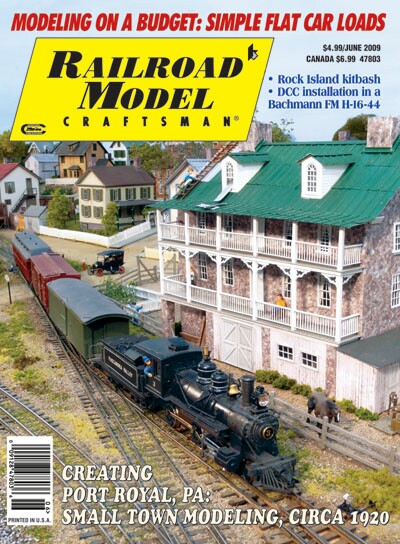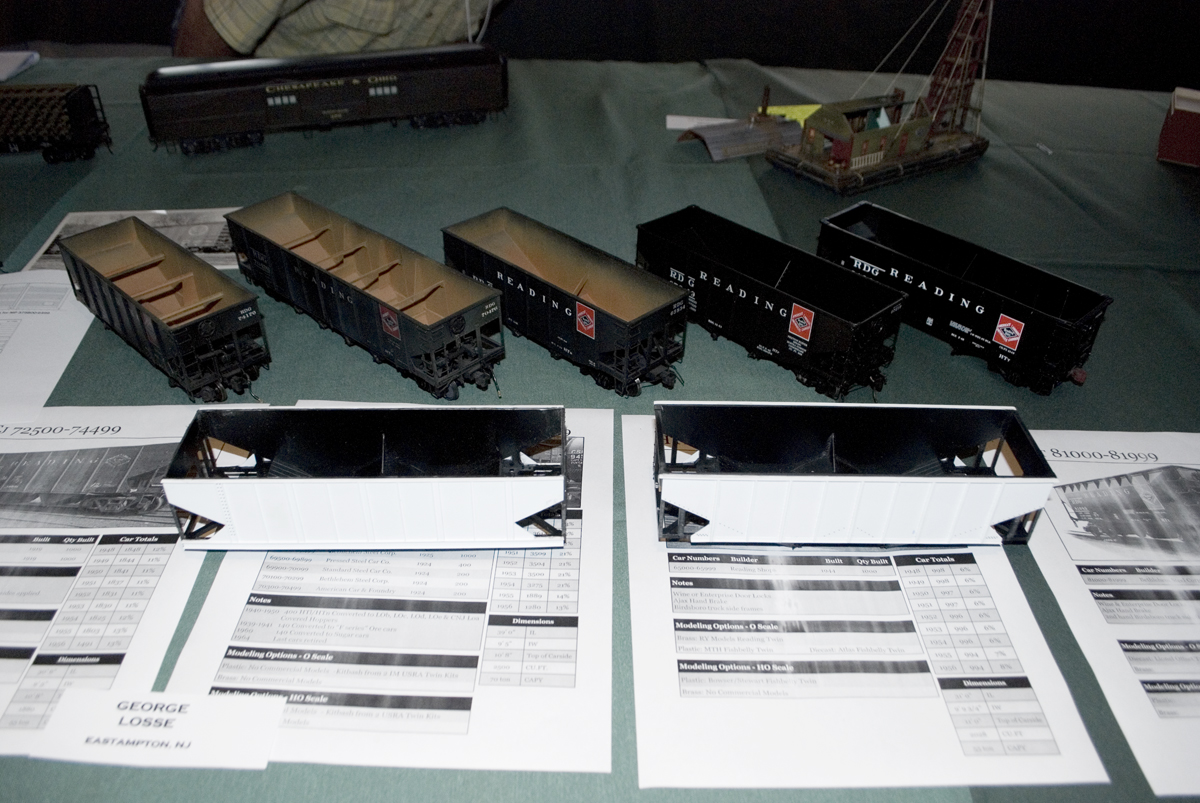Pat Mitchell
As I was leaving the National, I went to visit Pat Mitchel’s layout. While only in the beginning bench work stage, it still out-did many layouts I’ve seen and left me questioning things that I had decided against for my own railroad.
Pat designed his layout using a 3D PlanIt (a model railroad based CAD program). He had the sub-roadbed cut by a local business on a CNC machine using the drawing he made with 3D PlanIt. Chris Smith had spoken about this approach the day before as he had his sub-roadbed cut the same way.
The layout is influenced by John Armstrong, but is not nearly as crowded as most of his design followers. Only a small portion of the railroad had track laid. Pat did operate a locomotive through the room for us. Including using his “elevator” to raise an entire length of train from one level to the another.
There are no feeder wires attached to his rails as there is no power going through them. His locomotives carry their own power in battery pack and receive their commands through the air using the Airwire system. I have to admit to reading everything I could find in the weeks after the National about Airwire. I was very impressed, and when the batteries get a little smaller I think it will become the standard for Command Control.
Pat was a great host answering questions and talking about what he had done so far. This was one of the layouts I wanted to see and I was very impressed even in its beginning stages.
Some of the Benchwork
The benchwork that caused me to re-think the number of levels that are possible with O scale.
Pat discussing the layout with Matt
One of Pat’s models equipped with an AirWire system
One of Pat’s models showing the installation of a new motor and sound system.
The electronics in the tender. The white thing is the battery.
One of Pat’s beautiful Proto48 turnouts.
Close up of the points.
Everywhere you looked there were nicely built solutions to common problems.
The elevator
The elevator in the “Up” position.
